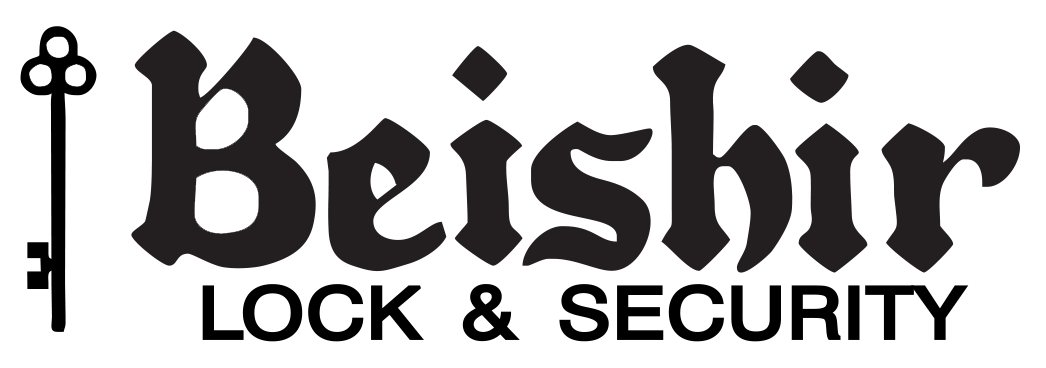CCTV Applications Tips
When it comes to CCTV/Surveillance applications, there are a wide range of conditions that need to be considered to ensure you select the right camera for the application.You can often find cookie-cutter/pre-boxed solutions at large box retailers and countless internet providers. We do not sell any of these solutions for the reason that no two surveillance applications will be the same. Therefore, the same 4-16 cameras cannot be used for every application, or even for every scene in a single application/site.
Helpful information regarding some of the most common application questions we receive.
FACES / LICENSE PLATES
One of the most common statements we hear is "I want to see faces and read license plates." This is entirely possible. However, there are many variables that must be considered to achieve this. Some of the most important variables are: lighting, distance to the object, and how much additional scene information you wish to capture. We have included the following picture and explanation for your reference in regards to distances. Lighting is completely separate subject and will have very different, yet specific requirements depending on what information you are trying to capture (faces, vehicles, plates, etc.)
Here are a few basic calculations pertaining to distances and the overall field of view you will achieve from various types of cameras - please note that these are all based on obtaining the 40px/ft image below (left-most image on the bottom row). It should also be noted that these calculations are referring to the horizontal width of the image at the location of the person/object. The distance of the camera from the object can vary greatly based on the focal length of the lens that is used for your application.
- A standard "high-resolution" color analog camera will capture approximately 480 horizontal pixels (480 Lines of Resolution (LOR)). Keep in mind that some recorders can reduce the recording quality to as low as (160x120 QCIF resolution), but for our purpose here, we will assume recording at full quality. Therefore, to capture an image such as the first one on the bottom row (40px/ft), you would have a total viewing width of 12' (480 horizontal pixels / 40 pixels/foot) at the location of the person or license plate. This would be equivalent to 1 lane of traffic, or the width of approximately 4 doorways (a small to medium sized office or corridor).
- A high-resolution IP camera will capture approximately 640 horizontal pixels (640x480 VGA) therefore giving you a total viewing width of 16’ at the location of the person or license plate.
- An HD or 1.3MP resolution IP camera will produce 1280 horizontal pixels (1280x720 720p or 1280x1024 WXGA), therefore giving you a total viewing width of 32' at the location of the person or license plate.
- When referring to HD and Megapixel cameras, please note that some megapixel cameras can be connected to analog/digital DVR systems via coax cable, however you will never be able to record or display any resolution greater than 640 LOR - to record/display at true HD and MP resolution, you must record them to an IP video recording system - we will only engineer megapixel camera solutions using a Network Video Management Platform. Please be aware of this when you are comparing video solutions.
LICENSE PLATE CAPTURE
Once proper distance limitations are established, lighting will be your next major concern. For facial capture, you will want to use a color camera to ensure the most image detail can be captured. As lighting decreases, you will likely want to switch over to a B&W image to ensure better image quality.
For license plate capture, you will normally need some type of IR illuminator and IR cut filter to provide good plate contrast and also eliminate the problem of headlights and tail lights washing out the picture. However, once these filters are installed, you will only see a high contrast image of the plate and no vehicle overview. Therefore, if a vehicle overview is also required, a second camera may be needed. There are some other options available, particularly with IP Megapixel camera solutions, however a proper site survey would be required to determine whether such an application would be effective.
LOW LIGHT / NIGHT VIDEO
Another commonly asked questions is "How will my video look at night?"
Here is a quick reference video to compare a slow-shutter style camera (such as the Speco Intensifier Series vs. a standard IR camera.



